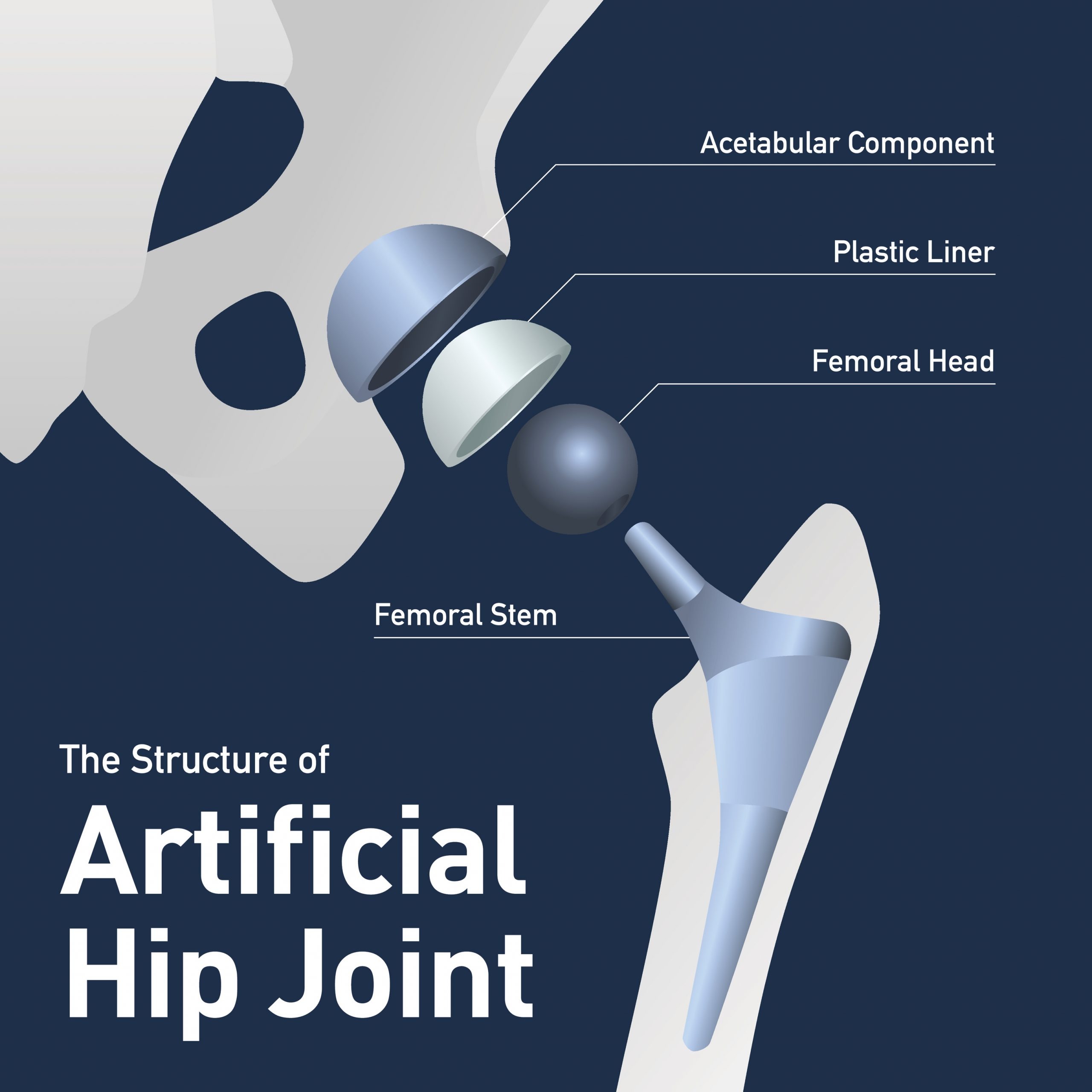- Conditions
- Procedures
- Patient care
- Why choose us
- Our Doctors
- Contact
What is a Partial Hip Replacement?

What is a partial hip replacement?
As the name implies, partial hip replacement surgery is a procedure where only part of the hip joint, typically the ball, is removed and replaced with an artificial implant. This type of surgery is recommended for patients with severe chronic hip symptoms, but where hip damage is not extensive enough to warrant full replacement. The goal of the procedure is to help patients increase function and range of motion in the hip while decreasing pain and other symptoms.
If you are exploring potential treatment options for chronic hip pain, take a moment to read this informative guide. We’re happy to answer any questions you have and encourage you to reach out to a USA Spine Care representative if you’d like to learn more.
Partial hip replacement or total hip replacement?
Partial hip replacements are very often used to treat patients who have suffered from a hip fracture due to a fall. This is because fractures commonly occur in the upper femur where the ball of the hip joint is located. Partial hip replacements are rarely recommended for patients with arthritis, as this condition is far more likely to cause hip damage in both the upper and lower joint, necessitating a full replacement.
Hip fractures that require surgery are usually treated very quickly, often within days of a diagnosis. However, there may be cases, especially in younger patients with a non-displacement fracture, where the physician wants to explore conservative treatments to see if the fracture can heal on its own. In either situation, patients can expect to undergo a series of preoperative evaluations to ensure they are a good potential candidate for partial hip replacement surgery.
What to expect during partial hip replacement surgery
While partial hip replacement surgery formerly required a full open procedure, minimally invasive techniques and microsurgical equipment now make it possible to perform this procedure on an outpatient basis with less disruption to surrounding tissue.
The exact procedure will vary on an individual basis, but partial hip replacement will generally follow these steps after anesthesia is administered:
- The surgeon will access the area around the affected hip with one or more small incisions and the use of an arthroscope, which is a thin, flexible camera
- He or she will then carefully remove the very top of the upper femur, or ball of the hip
- The surgeon will then graft a custom-fitted prosthesis onto the femur and test to ensure that it properly fits in the socket
- The hip will then be reset along with any supporting soft tissue
- The surgeon will close the surgical site
Patients will then be given thorough post-operative instructions in the recovery area. While it is important not to rush the rehabilitation process, it is also critical to begin moving the hips as soon as is safely possible. This is why it is so important to work with a professional physical therapy and rehab specialist to help regain strength and function in the hip while recovering from hip replacement surgery.
Partial hip replacement surgery and cost concerns
The cost of partial hip replacement surgery depends on a number of specific considerations. This includes the extent of the procedure, the insurance carrier and other factors. Medicare will cover a partial hip replacement if it is a medically necessary treatment. USA Spine Care accepts Medicare, most private health insurances, workers’ compensation claims and personal injury cases. We’ll be happy to help you learn more about cost when you reach out to one of our representatives.
Find lasting relief from hip injuries and conditions
To learn more about the full range of treatments for hip injuries and conditions to help you return to the quality of life you deserve, contact USA Spine Care today. Our caring and experienced team can help you create the personalized treatment plan that is right for your needs.
Call toll free 1-866-249-1627 to speak with a patient care representative.
Partial Hip Replacement "Quick Answers"
A partial hip replacement is often best after fracture, isolated arthritis, or diseased thigh bone when it does not involve the hip socket. A total hip replacement is often best for patients with arthritis or degenerative disease involving the ball and socket of the hip.
A partial hip replacement surgery takes anywhere from 2-3 hours to complete.
Recovering from a partial hip replacement may take up to 6 months to heal completely. Patients should make sure to follow doctors orders and perform physical therapy as prescribed in order to recover as quickly as possible.
